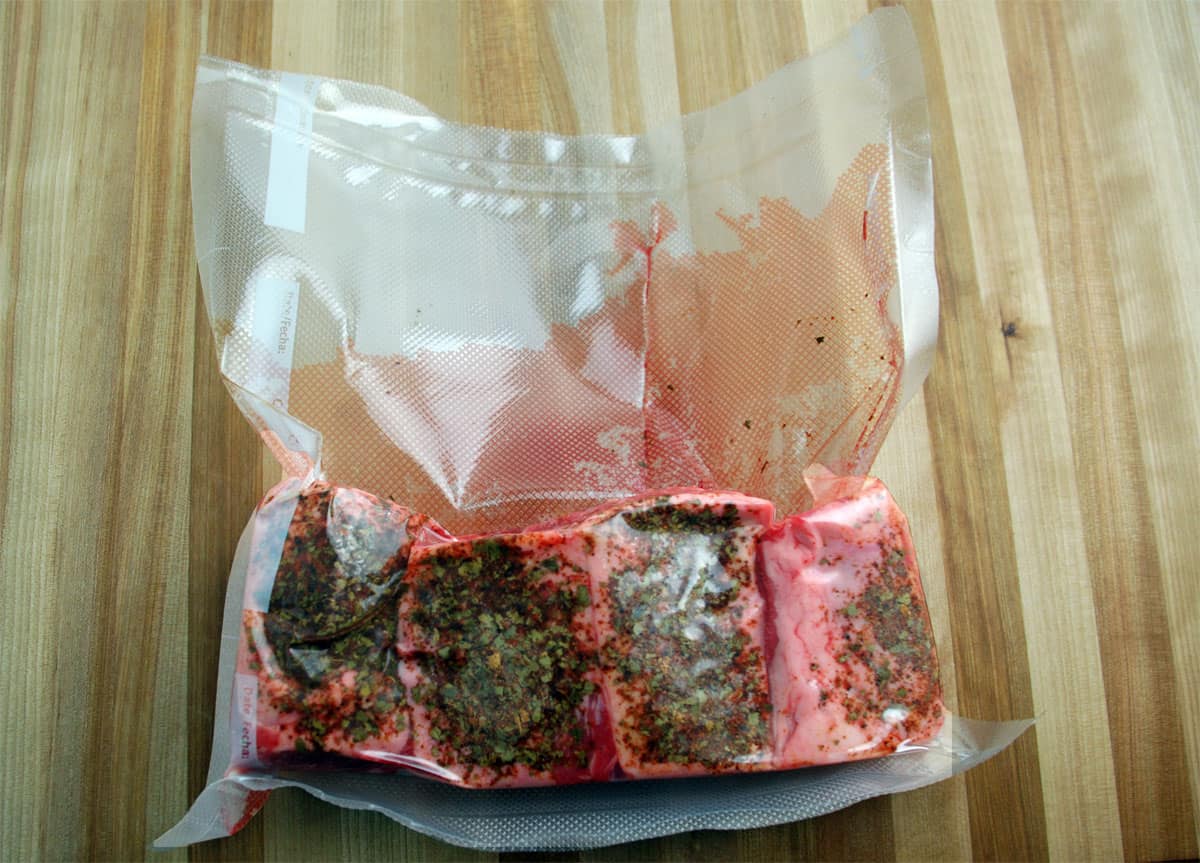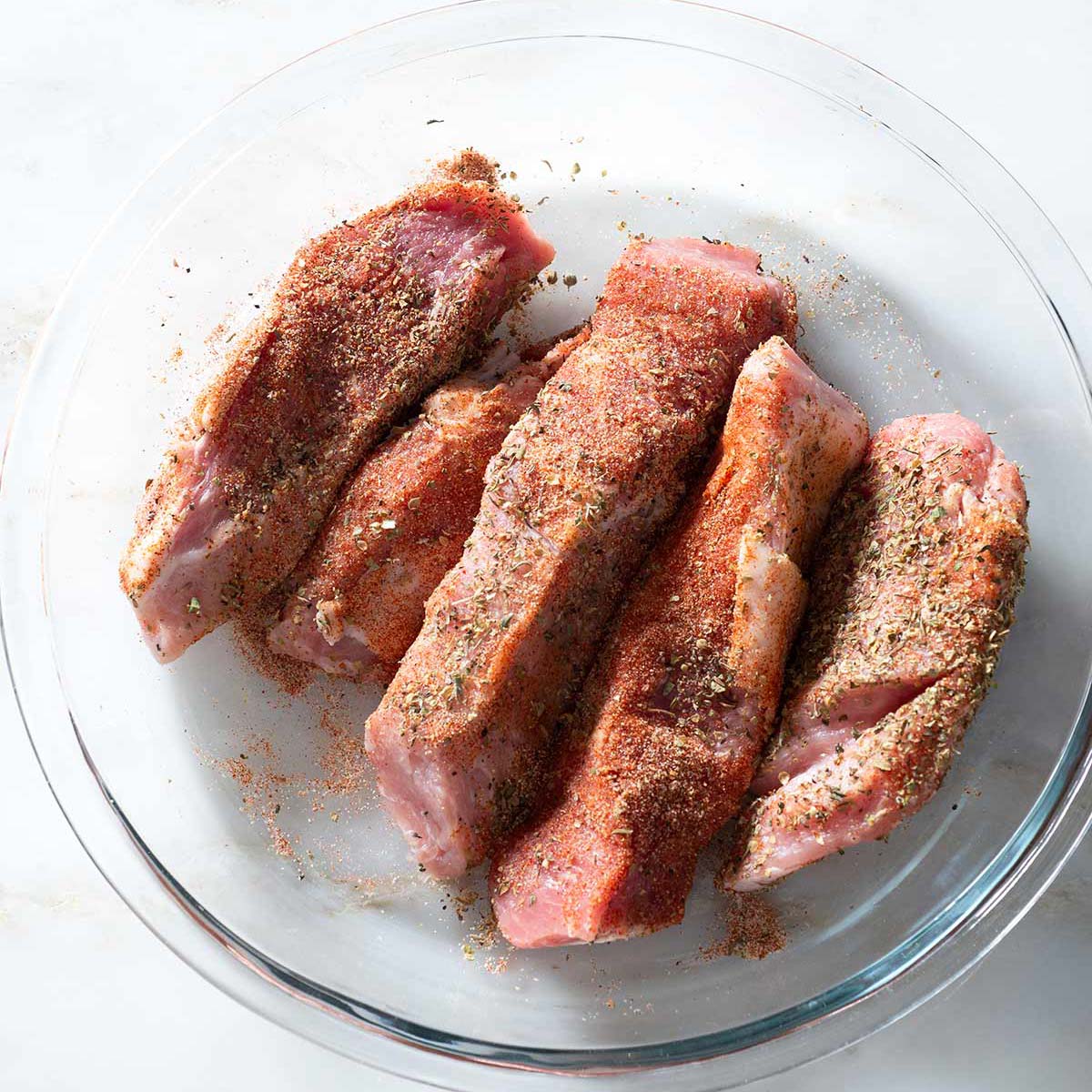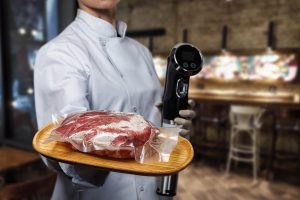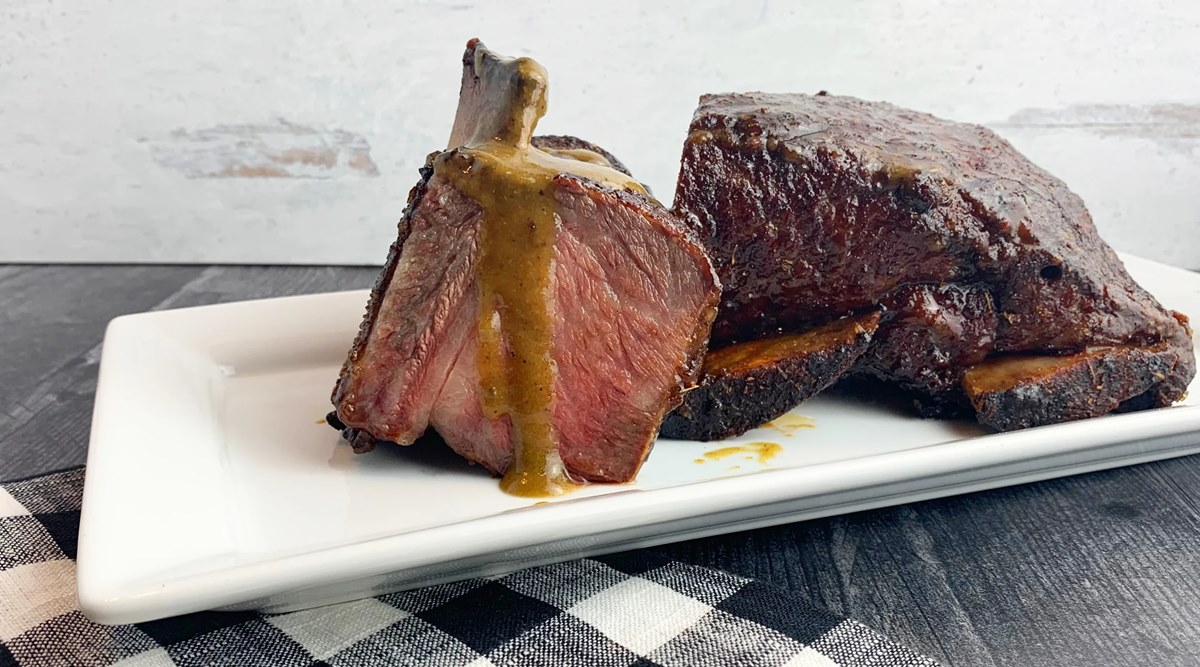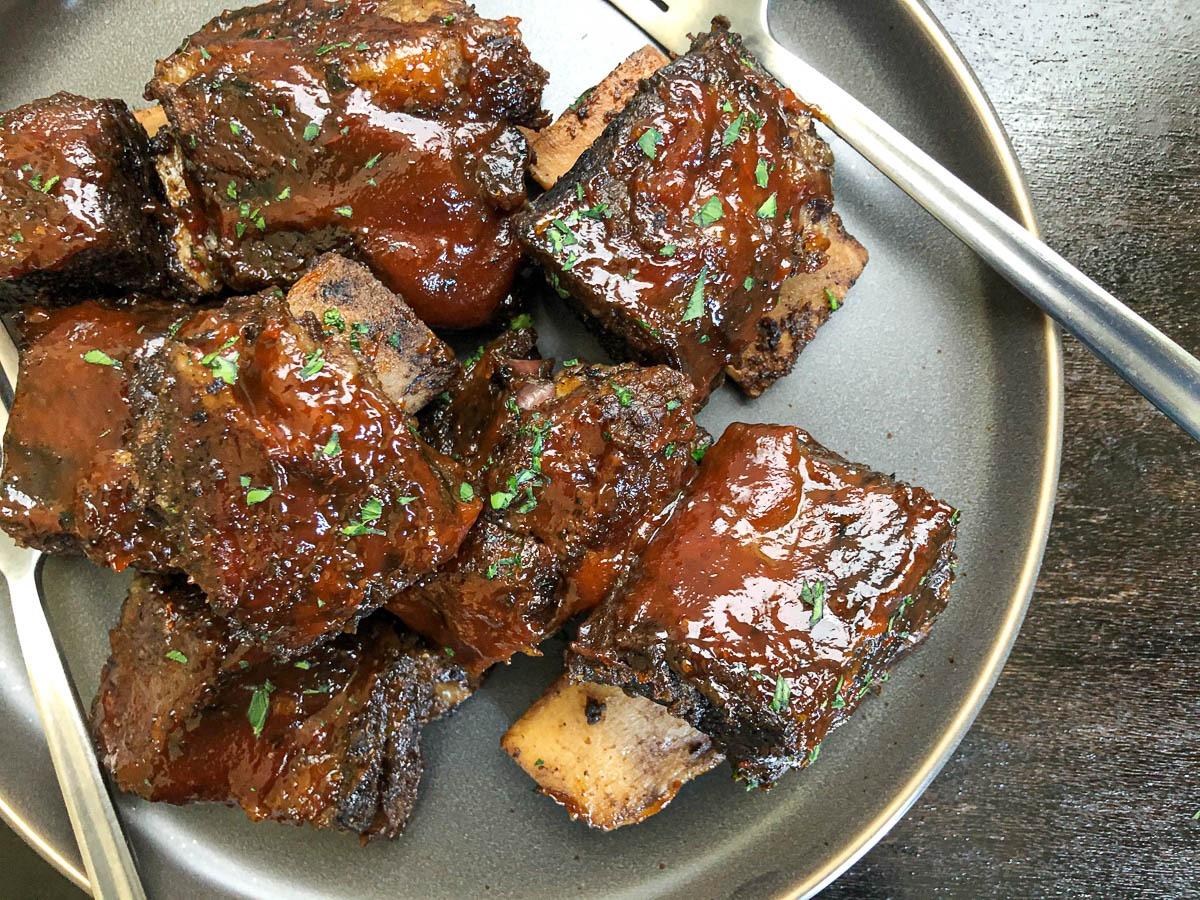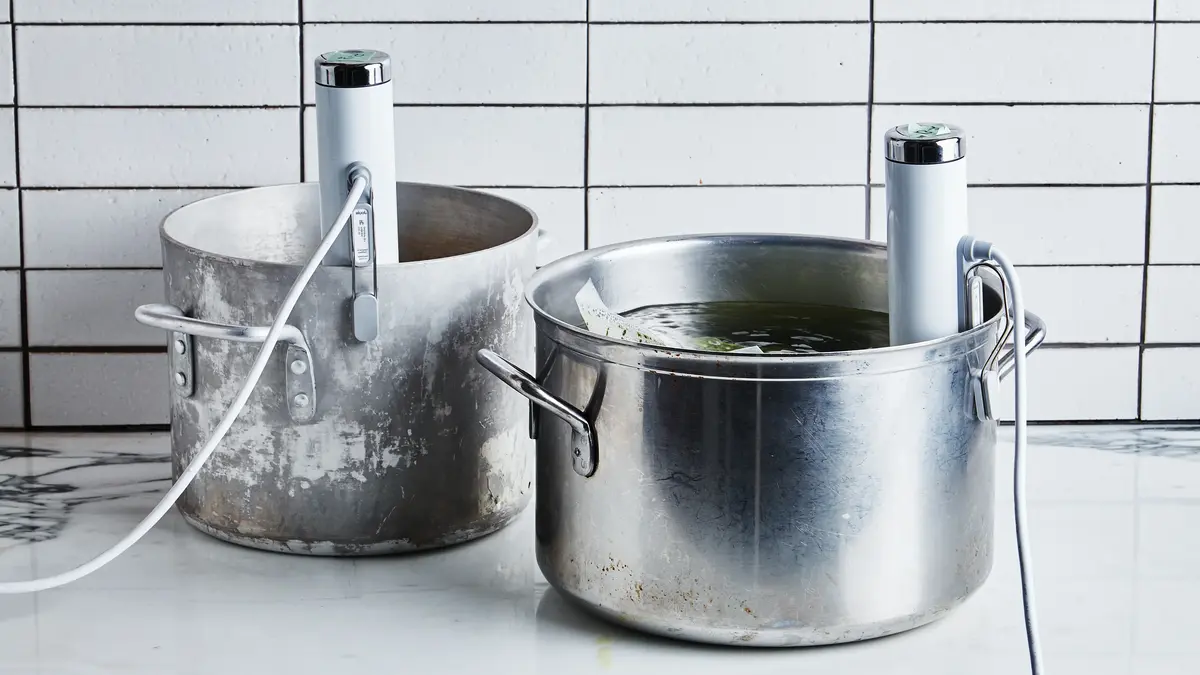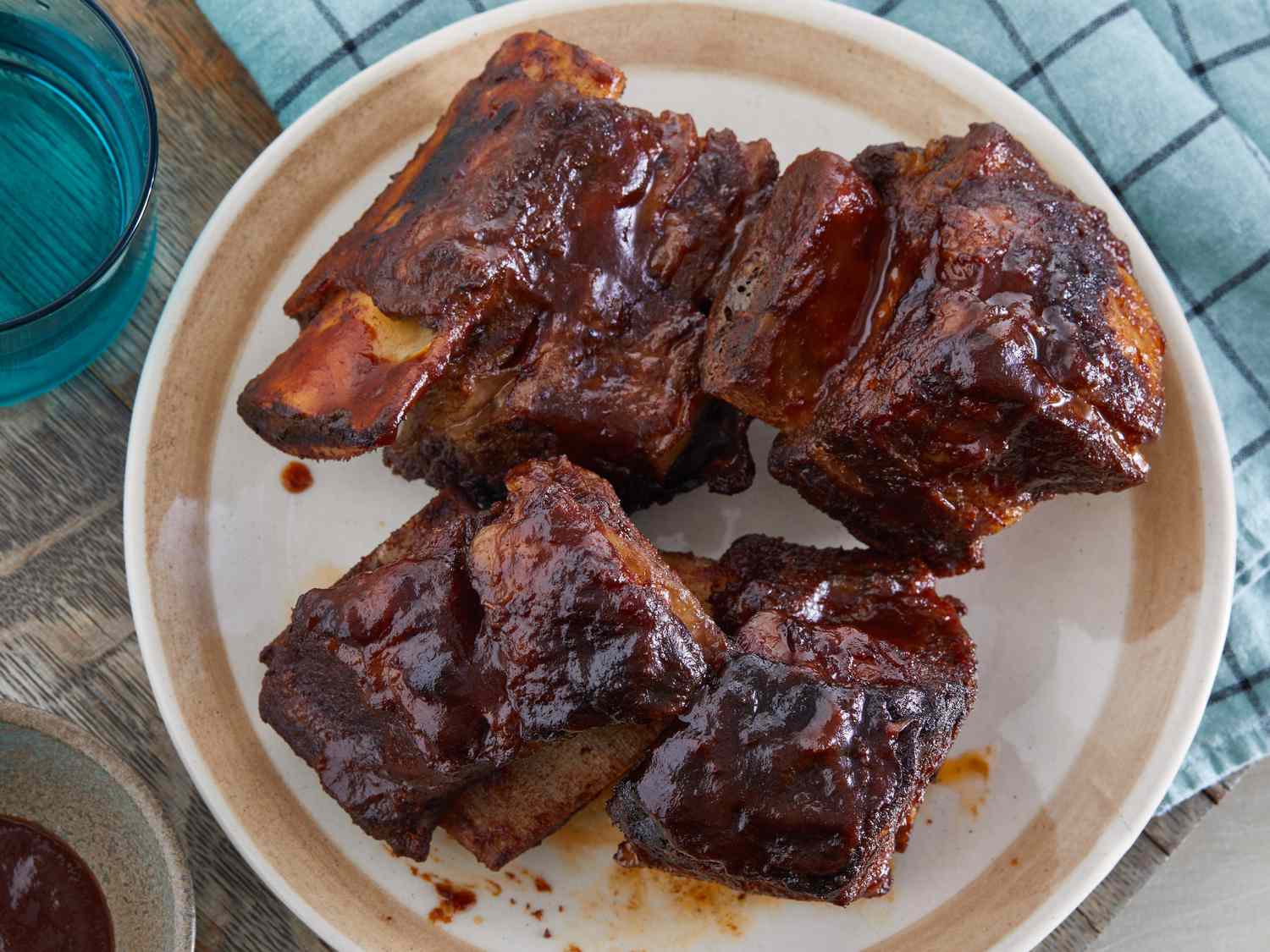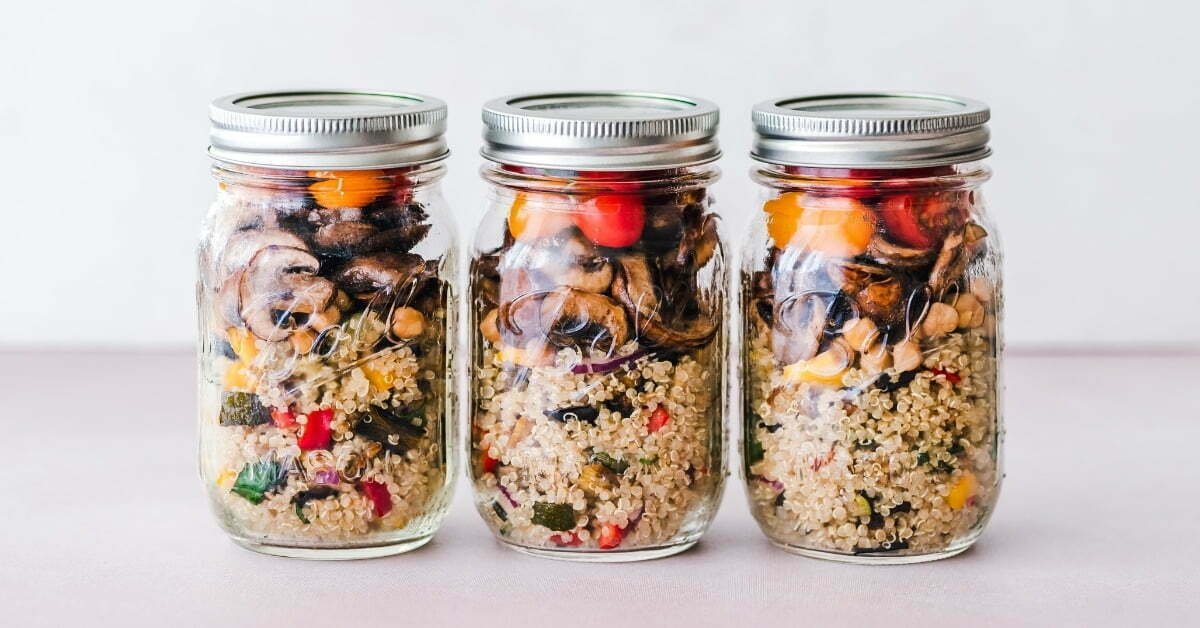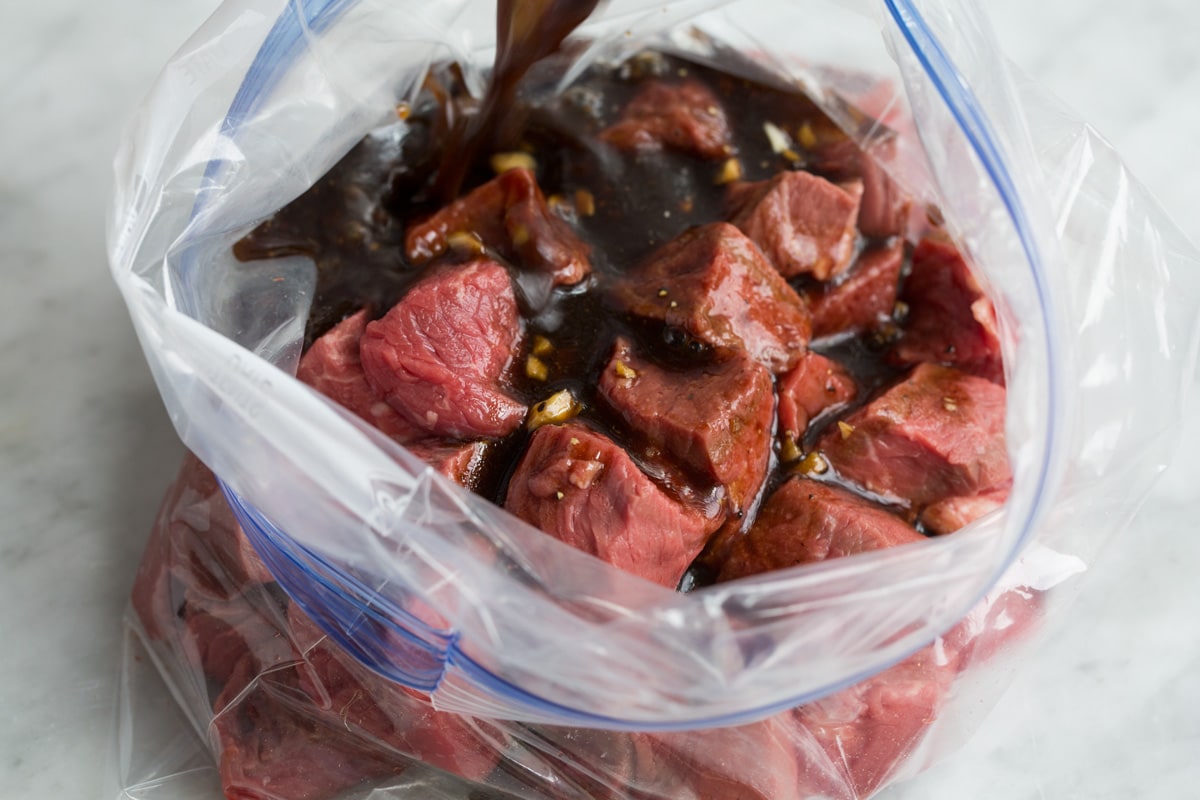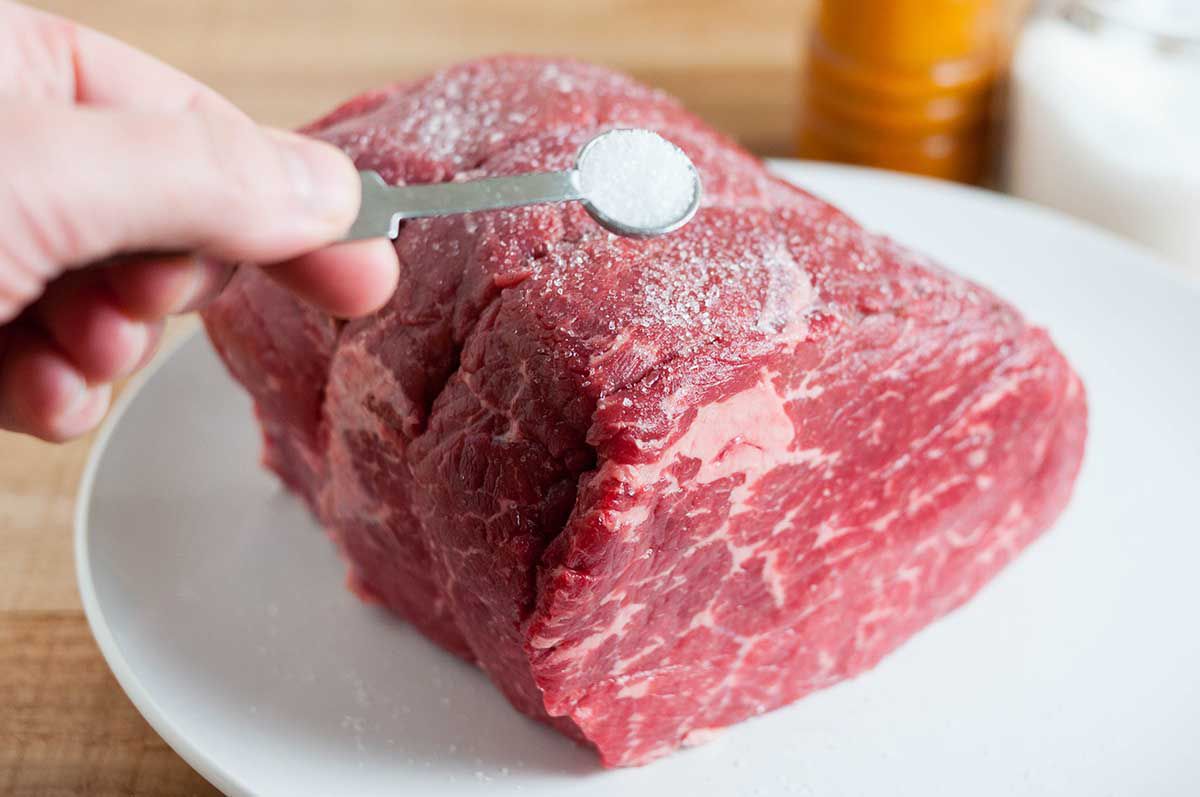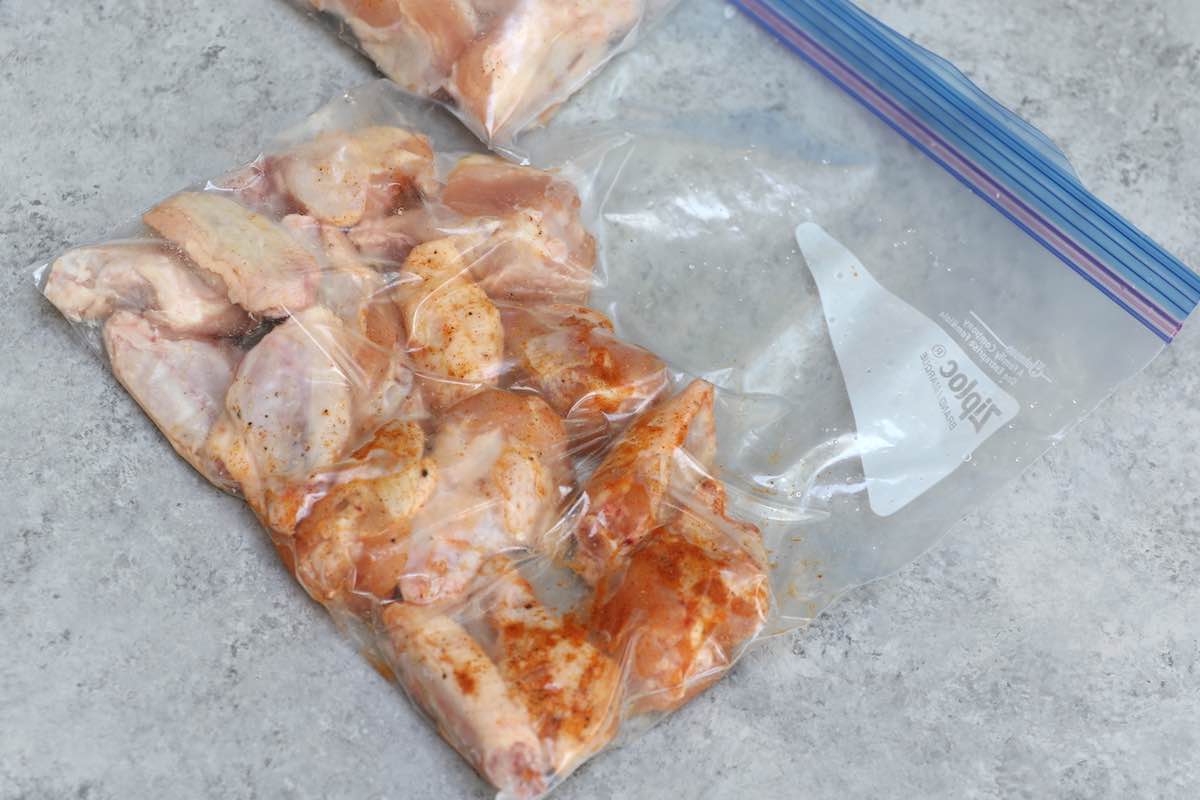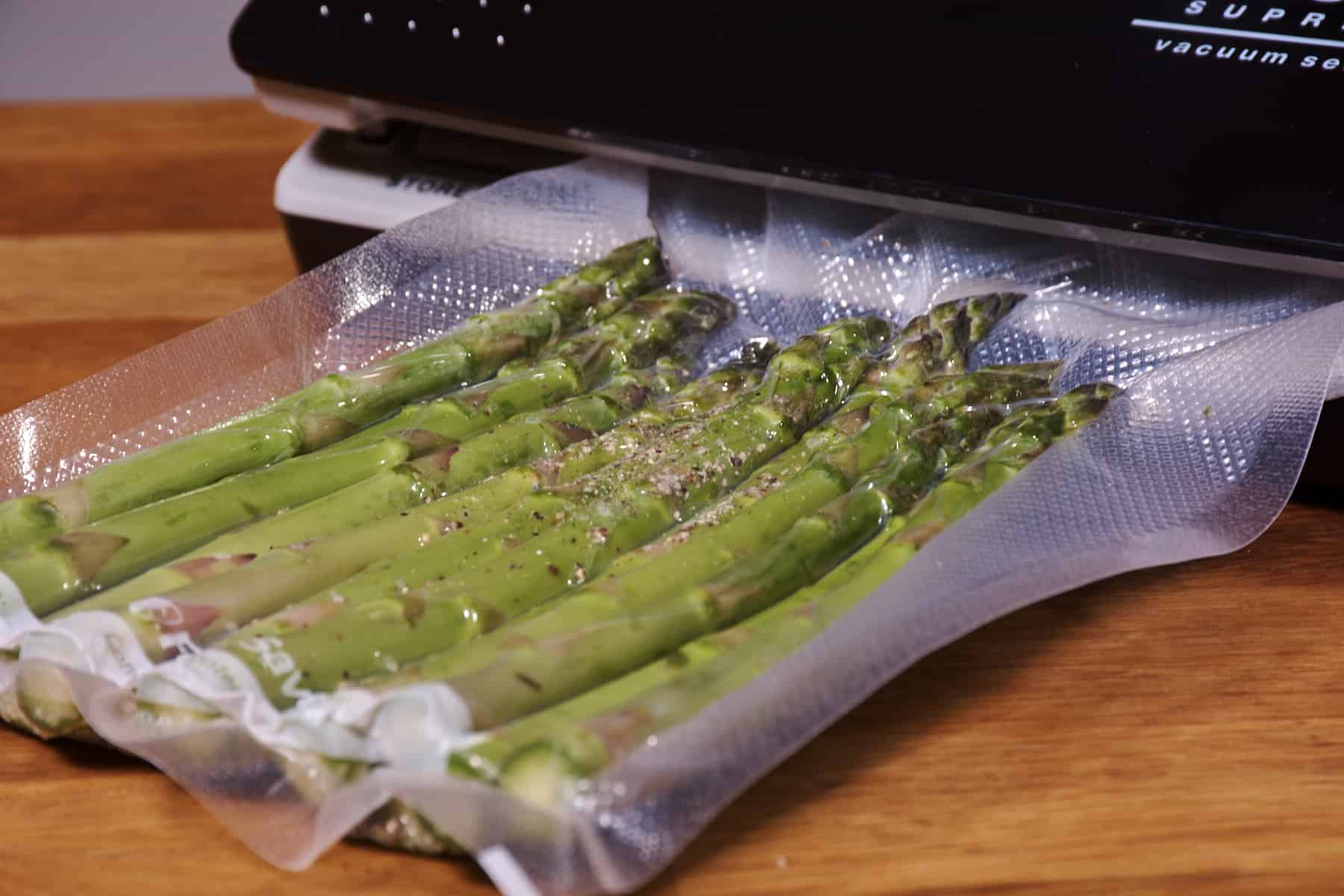Mastering the Art of Sous Vide Ribs
When it comes to cooking ribs, the sous vide method is a game changer. This cooking technique involves sealing the ribs in a plastic bag and cooking them in a water bath at a precisely controlled temperature. The result? Tender, juicy ribs that are packed with flavor. If you’re ready to elevate your rib game, follow these simple steps to master the art of sous vide ribs.
Choosing the Right Ribs
Before you start cooking, it’s important to select the right type of ribs. St. Louis-style or baby back ribs are popular choices for sous vide cooking. Look for ribs that are well-marbled and have a good amount of meat on the bones.
Seasoning the Ribs
Once you’ve chosen your ribs, it’s time to season them. Create a dry rub using a combination of your favorite herbs and spices. Some popular options include paprika, garlic powder, onion powder, black pepper, and brown sugar. Liberally coat the ribs with the dry rub, ensuring that the seasoning is evenly distributed.
Sealing the Ribs
After seasoning, place the ribs in a resealable plastic bag. For added flavor, you can also add a few garlic cloves or sprigs of fresh herbs
Set your sous vide machine to the desired temperature. For tender, fall-off-the-bone ribs, a temperature of 155°F (68°C) is recommended. Cooking time will vary depending on the thickness of the ribs, but generally, they will need to cook for 12 to 24 hours to achieve the perfect texture. After the ribs have finished cooking, carefully remove them from the plastic bag. To achieve a caramelized exterior, preheat a grill or broiler to high heat. Place the ribs on the grill or under the broiler for a few minutes, just until they develop a charred crust. Once the ribs are finished, it’s time to serve and enjoy them. Whether you prefer a classic barbecue sauce or a tangy glaze, be sure to brush the ribs with your favorite sauce before serving. Pair them with coleslaw, cornbread, or your choice of sides for a mouthwatering meal. Now that you know the secrets to mastering sous vide ribs, it’s time to fire up your sous vide machine and get cooking. With a little patience and precision, you’ll be rewarded with ribs that are guaranteed to impress your family and friends.
Cooking Time and Temperature
Finishing the Ribs
Serving the Ribs
